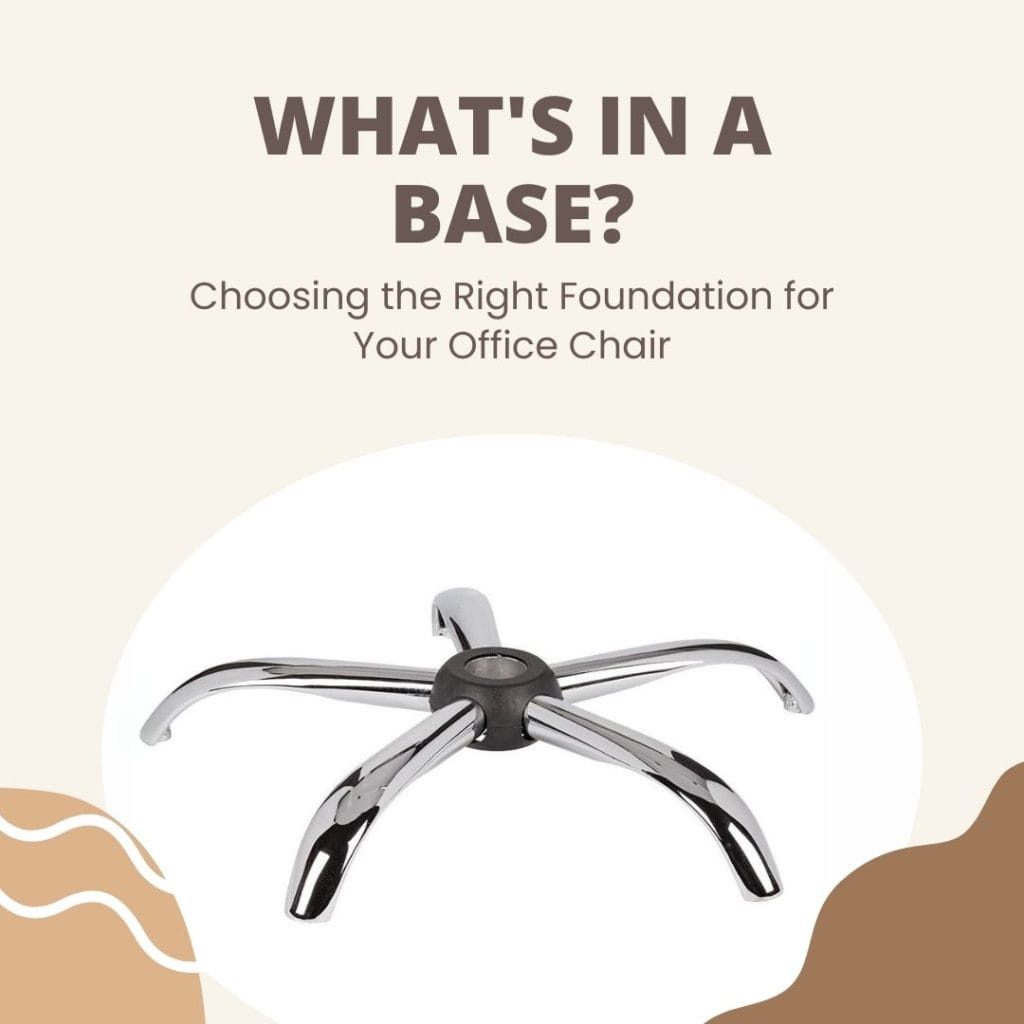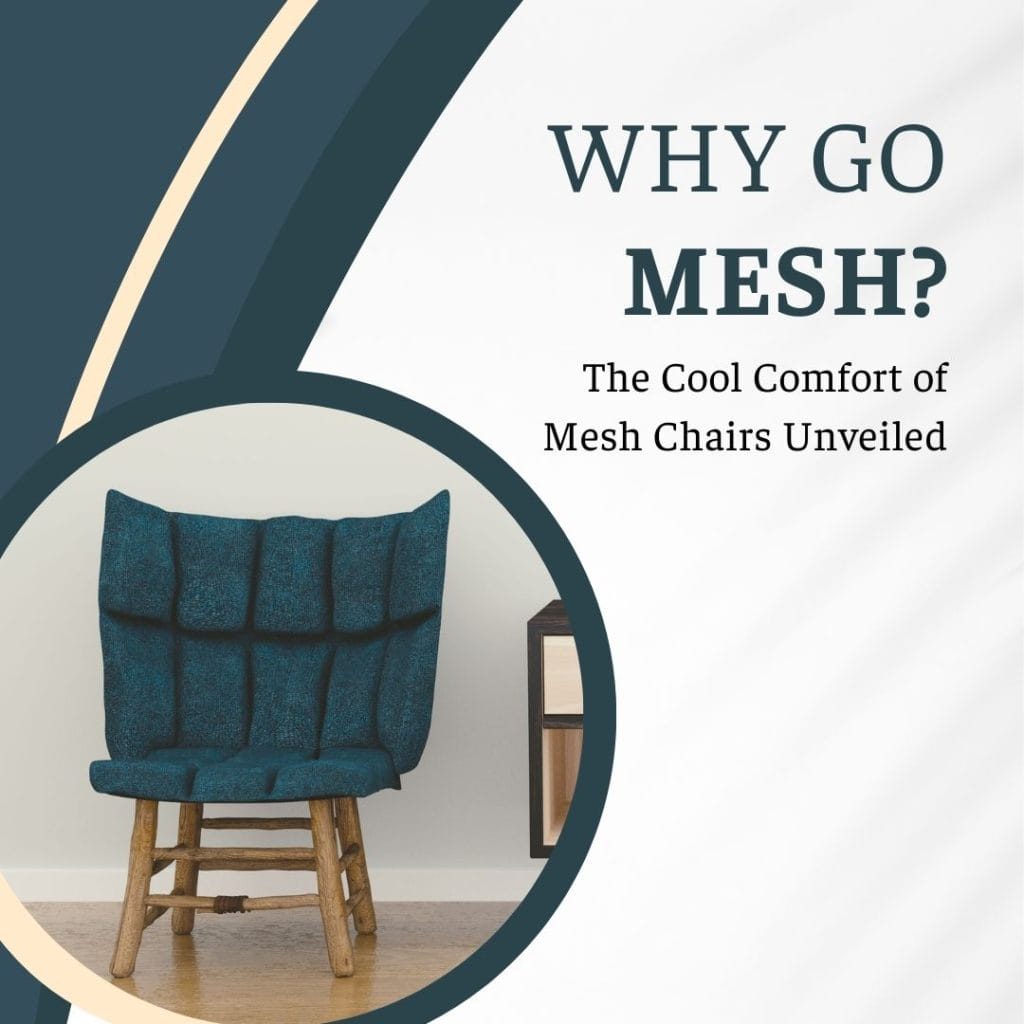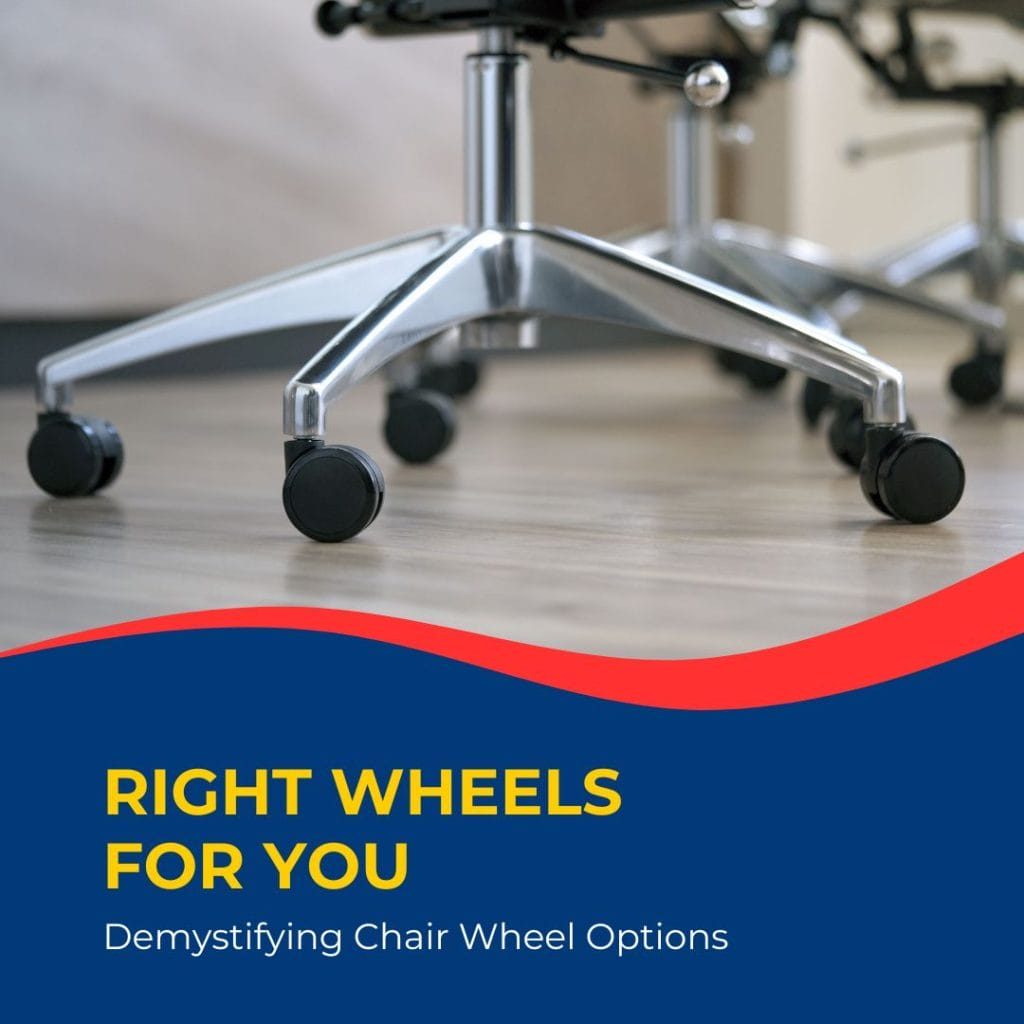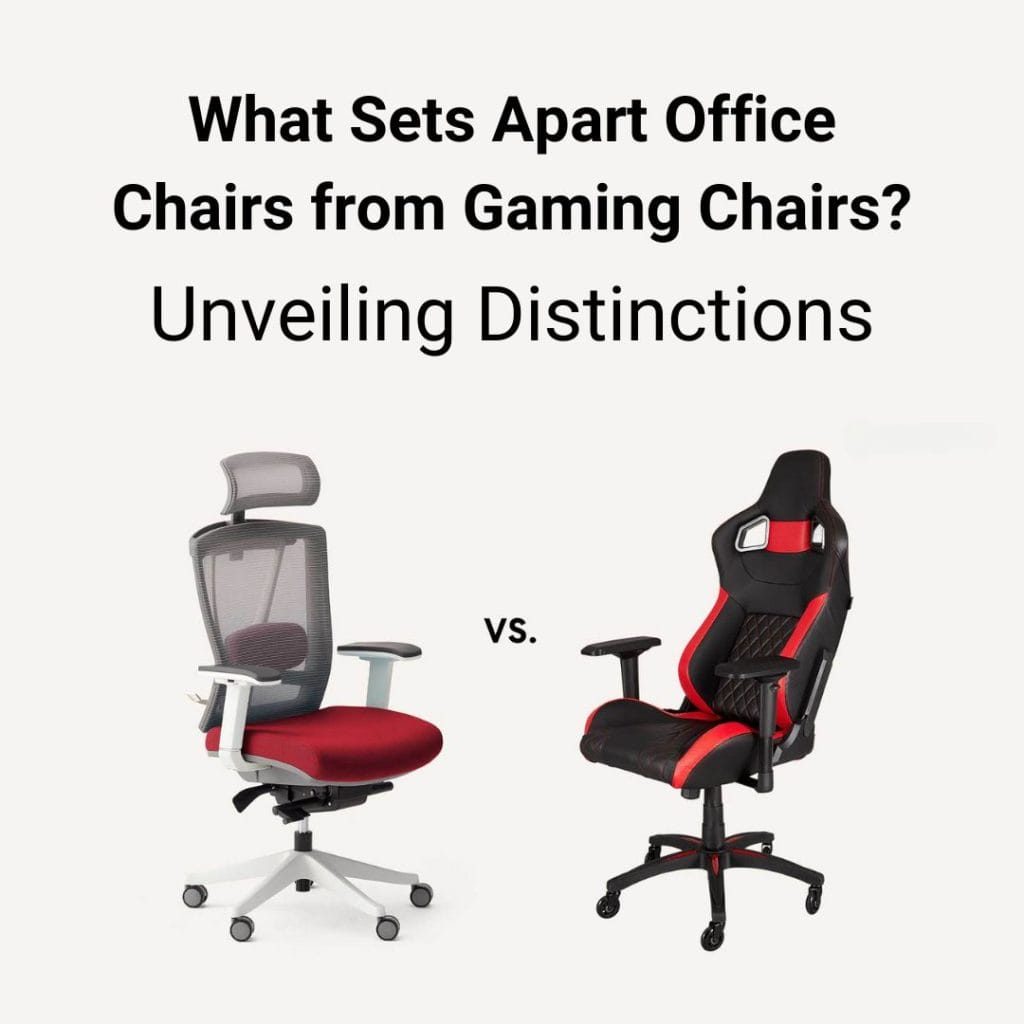Office chair wheels, often overlooked, play a crucial role in enhancing mobility and overall comfort during our workday. With the right set of wheels, maneuvering around your workspace becomes a breeze, reducing strain and promoting productivity. This guide aims to shed light on the types of chair wheels, their benefits, and considerations to remember when selecting wheels for your office chair. Let’s roll into the world of office chair wheels and discover how choosing the right ones can significantly improve your office experience.
The Importance of Selecting the Right Wheel
Selecting the right wheel for your office chair enhances mobility and comfort. The right wheel type can help protect the flooring from scratches and damage while ensuring smooth and effortless movement. Moreover, the risk of straining the lower back and legs is significantly reduced with proper wheels, thus promoting healthier sitting postures.
Comfort: Allows smooth transitions from desk to desk and reduces the risk of back strain. They contribute to mobility, enabling quick and easy movement across the workspace. Your chair becomes an extension of you, responding seamlessly to your activities.
Floor Compatibility: Office chair wheels are designed to work on various surfaces, including hardwood, carpet, tile, and concrete. The right set of wheels ensures smooth movement without causing damage or leaving marks on the floor.
Types of Office Chair Wheels
Let’s delve into the different types of office chair wheels, which significantly affect their performance and reliability.
Dual Wheel Casters
Dual wheel casters are the most common type of office chair wheels. They have two wheels attached to a single stem, enhancing stability and weight distribution. These wheels work best on hard surfaces such as hardwood or tile floors.
Single Wheel Casters
Single-wheel casters are ideal for carpeted floors, providing effortless movement and preventing damage to the flooring. These wheels have a larger surface area, making them suitable for heavier office chairs.
Materials Used in Office Chair Wheels
Let’s delve into the different materials used in constructing office chair wheels, which significantly affect their performance and durability.
Plastic or Nylon: The most common material used in office chair wheels due to their durability, affordability, and ability to work on various surfaces.
Rubber: Known for its grip and shock-absorbing properties, rubber wheels are ideal for smooth and quiet movement.
Polyurethane: These wheels offer the best of both worlds, combining the durability of plastic with a rubber grip.
Metal: Often used in heavy-duty office chairs, metal wheels are sturdy and long-lasting, but they may cause damage to hard floors if not equipped with a protective coating.
Choosing the Best Wheel for Your Office Chair
Let’s explore the different office chair wheels significantly affecting their performance and durability.
Consideration of Floor Type
Before selecting office chair wheels, it is essential to consider the type of flooring in your workspace. Plastic or nylon wheels are the best choice for hardwood or tile floors, while rubber or polyurethane wheels work well on carpeted surfaces.
Weight Capacity
The weight capacity of office chair wheels should also be taken into account. Heavy-duty chairs require stronger and more durable wheels, such as metal or reinforced plastic.
Wheel Size
The wheel size also plays a role in mobility and weight distribution. Larger wheels work best on carpeted floors, while smaller wheels suit hard surfaces.
Conclusion: Making the Right Wheel Choice for Your Needs
In conclusion, selecting the right office chair wheels is not just a matter of preference but a necessity for optimal comfort, productivity, and floor safety. The appropriate set of wheels can transform your office chair into a more efficient, dynamic, and comfortable workspace. From dual wheel casters for hard floors to single wheel casters for carpets and from plastic, rubber, and polyurethane to metal materials, your choice should be guided by your workspace’s specific needs and conditions. So, next time you find yourself sliding and swirling in your office chair, take a moment to appreciate the set of wheels underneath, turning your workday into a seamless, comfortable journey. Happy rolling!







